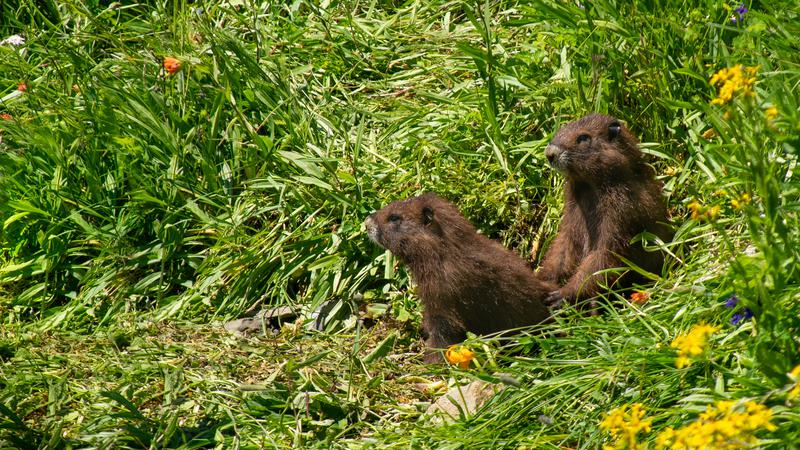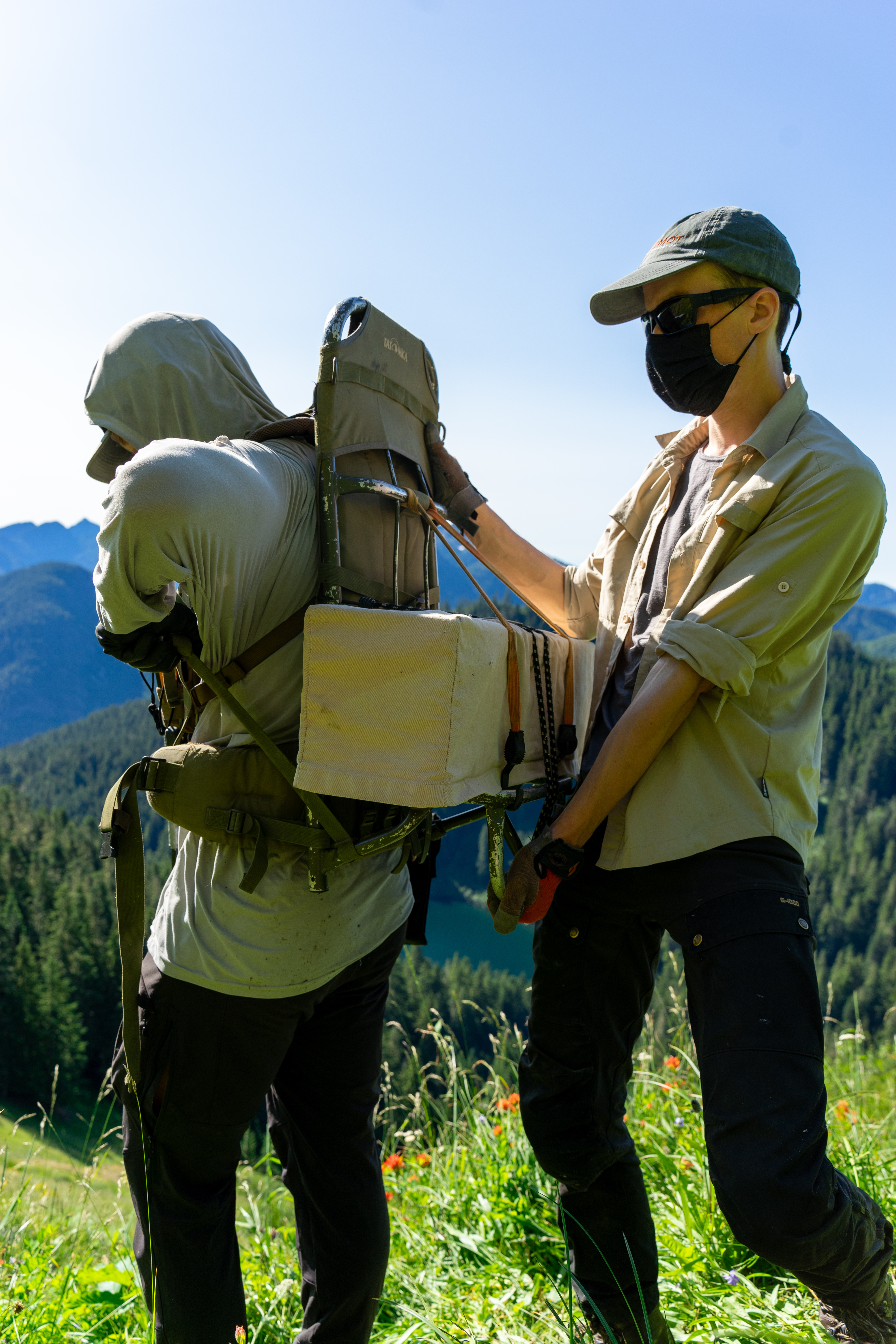
‘I really look forward to the day where we put ourselves out of business:’ new releases boosts marmot population
NANAIMO — Rebuilding the endangered Vancouver Island marmot received a boost with about 60 of the herbivores strategically released into the wild lately.
Nanaimo based Marmot Recovery Foundation (MRF) executive director Adam Taylor anticipates a further eight more pups will be placed into sub-alpine environments shortly from breeding programs, with the hopes they’ll get established, find mates and reproduce.
With well over 300 marmots living primarily between the Nanaimo Lakes/Mount Arrowsmith and Strathcona Park areas, Taylor said the Green Mountain area west of Nanaimo is a success story.
“The difference in the marmot colony has been spectacular. Now we’re up to 13 marmots at that site and that’s something that we’ve been seeing at some of the other sites on the ridgeline as well,” Taylor told NanaimoNewsNOW.




